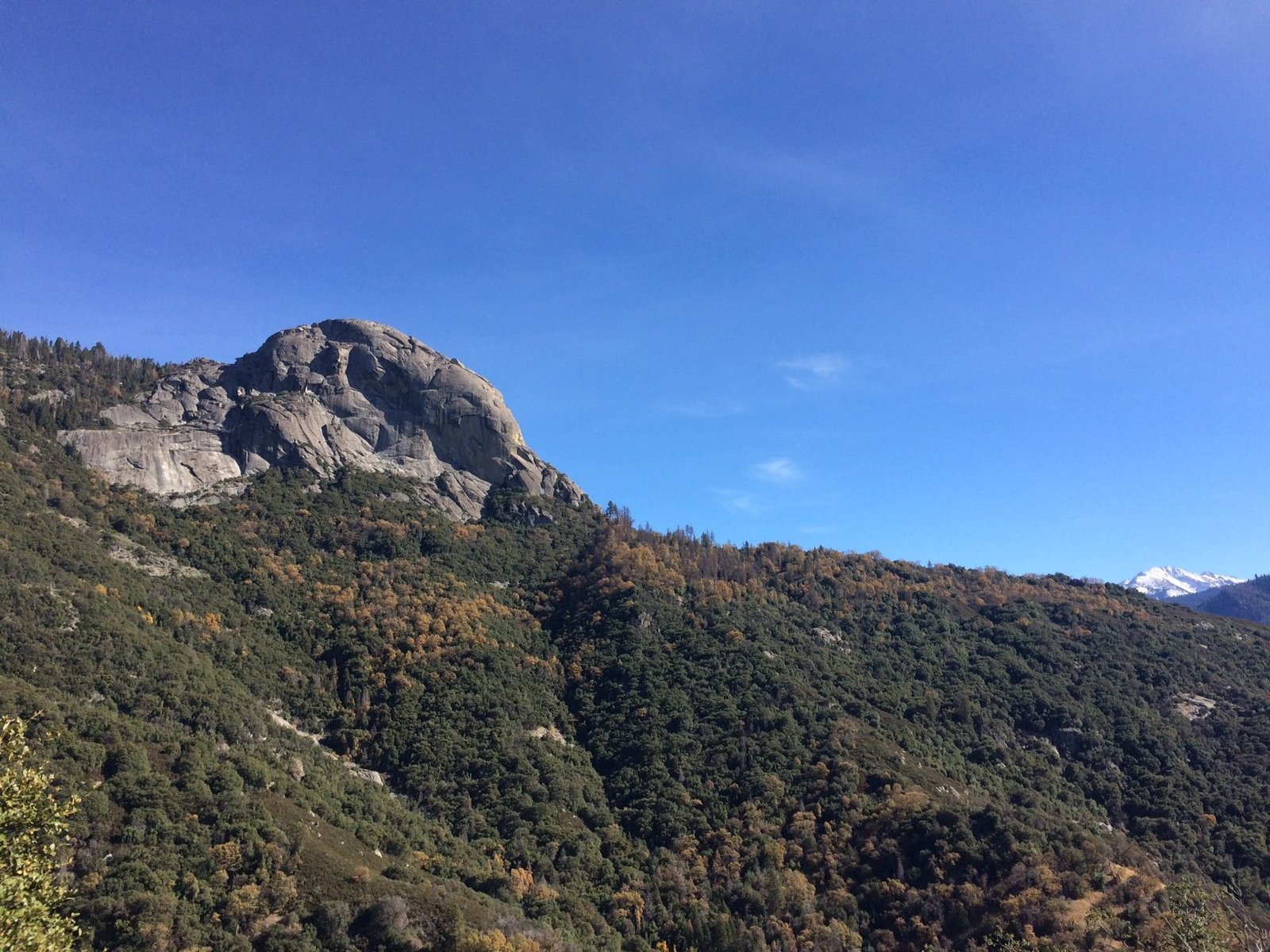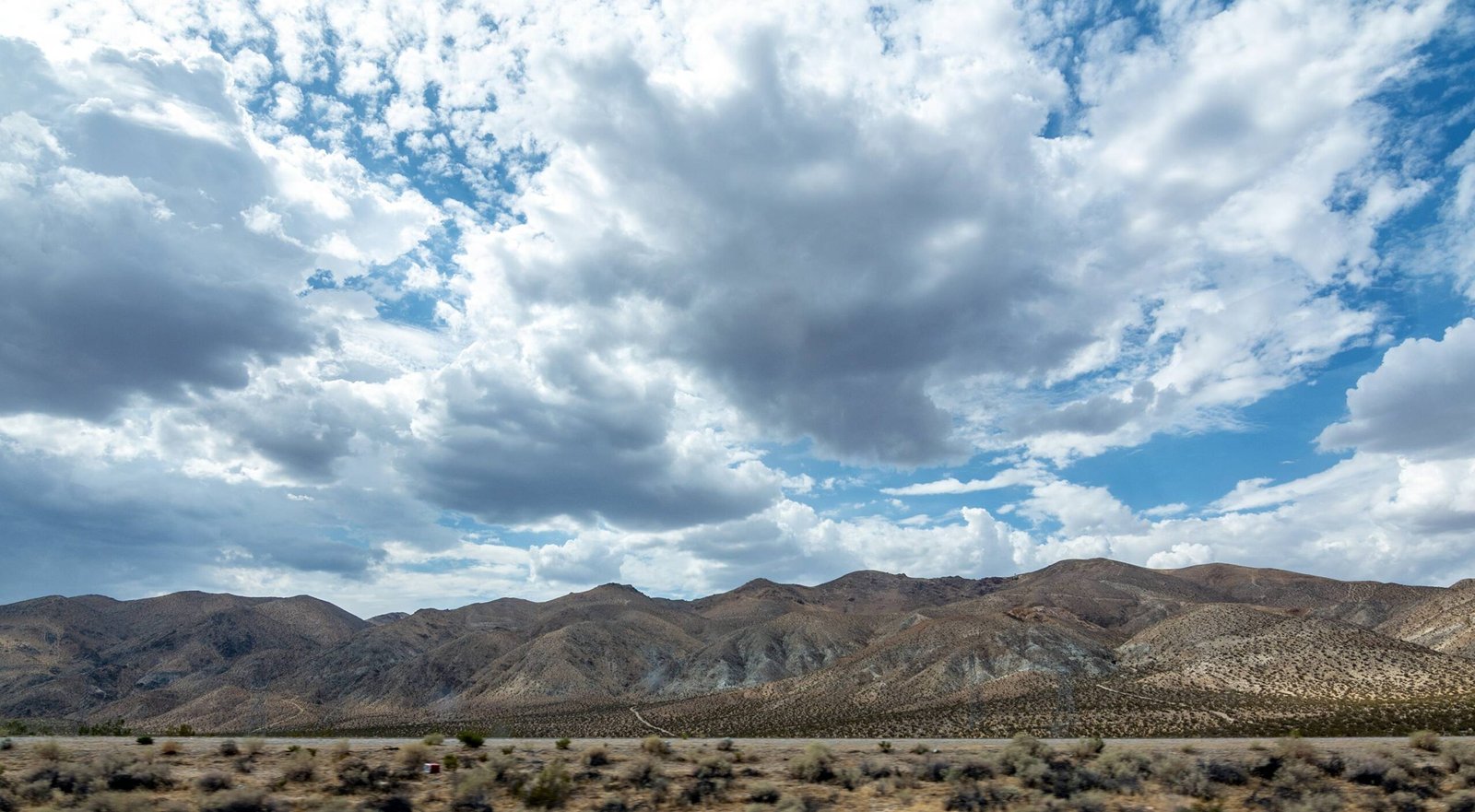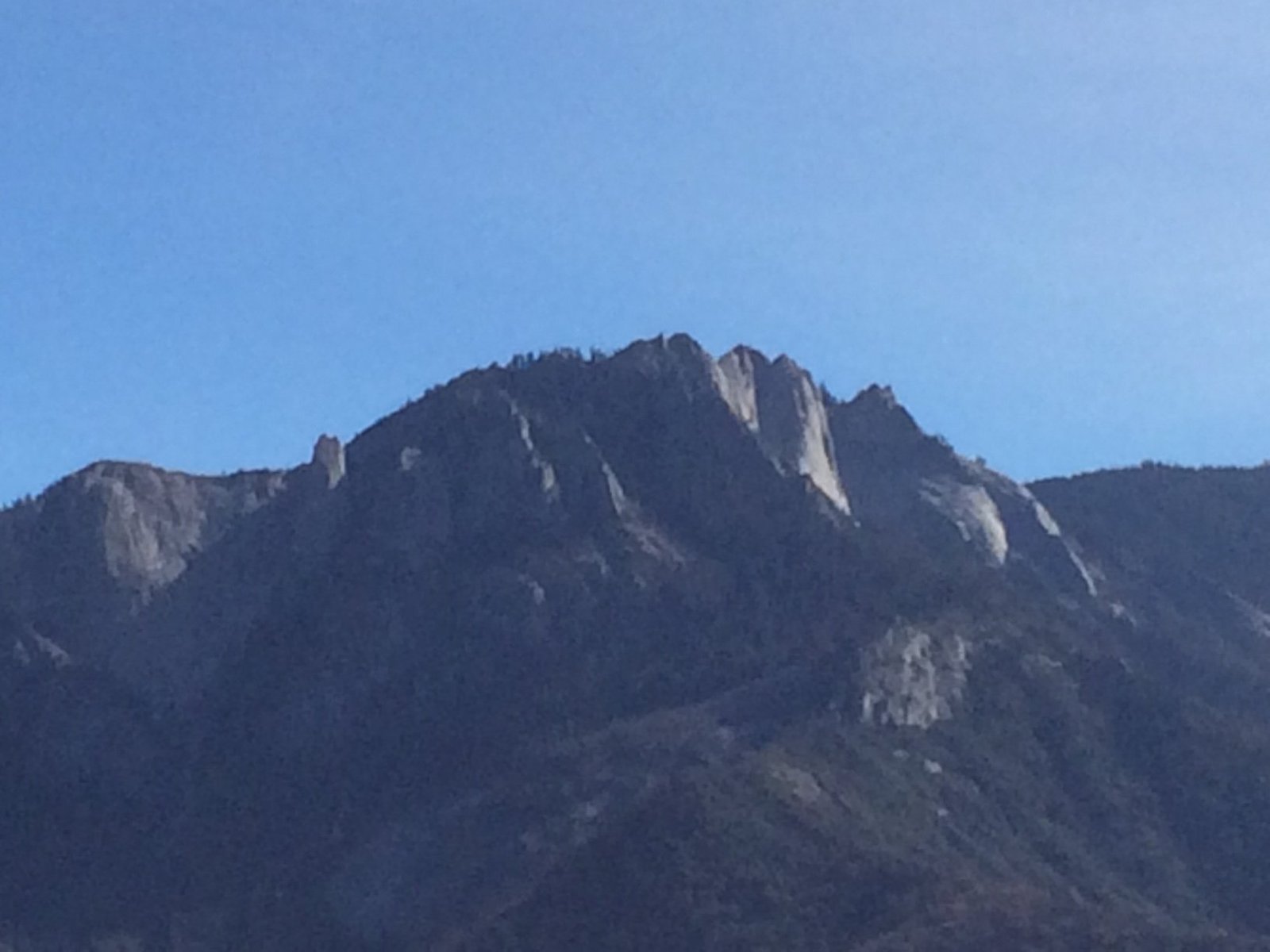The Sequoia National Park Whitney Trail is a challenging and breathtaking hiking route that leads to the summit of Mount Whitney, the highest peak in the contiguous United States. This trail offers stunning views of the Sierra Nevada range, diverse ecosystems, and a true test of endurance for hikers. Stretching approximately 22 miles round trip with an elevation gain of over 6,000 feet, the Whitney Trail requires careful planning, proper gear, and physical preparation.
What Makes the Sequoia National Park Whitney Trail Unique?

The Sequoia National Park Whitney Trail stands out for several reasons:
- Highest Peak: It leads to the summit of Mount Whitney (14,505 feet), the tallest mountain in the lower 48 states.
- Diverse Landscapes: Hikers experience a variety of terrains, from lush forests to alpine meadows and rocky peaks.
- Challenging Route: The trail’s length and elevation gain make it a formidable challenge for even experienced hikers.
- Stunning Views: Panoramic vistas of the Sierra Nevada range and Sequoia National Park await at various points along the trail.
How to Prepare for the Whitney Trail?

Proper preparation is crucial for a successful and safe hike on the Whitney Trail:
- Physical Conditioning:
- Start training at least 3-4 months before your hike
- Focus on cardio exercises and strength training for legs and core
-
Practice hiking with a loaded backpack on steep terrain
-
Acclimatization:
- Spend 1-2 days in the area before attempting the hike
-
Consider camping at Whitney Portal (8,300 feet) to help adjust to the altitude
-
Permits:
- Obtain necessary permits through the Inyo National Forest lottery system
-
Apply early, as permits are limited and in high demand
-
Gear and Supplies:
- Invest in high-quality hiking boots and break them in before the trip
- Pack layers of clothing for varying temperatures
- Bring ample water, food, and emergency supplies
What is the Best Time to Hike the Whitney Trail?
The optimal hiking season for the Whitney Trail typically runs from July to September:
- July: Snow may still be present at higher elevations, but temperatures are generally milder
- August: Peak season with the best weather conditions and least amount of snow
- September: Cooler temperatures and fewer crowds, but potential for early snowfall
| Month | Pros | Cons |
|---|---|---|
| July | Milder temperatures | Possible lingering snow |
| August | Best weather, minimal snow | Crowded trails |
| September | Fewer hikers, fall colors | Risk of early winter weather |
What Are the Key Waypoints on the Whitney Trail?
The Whitney Trail can be broken down into several key sections:
- Whitney Portal (Trailhead) – 8,360 feet
- Lone Pine Lake – 9,850 feet
- Outpost Camp – 10,360 feet
- Trail Camp – 12,000 feet
- Trail Crest – 13,600 feet
- Mount Whitney Summit – 14,505 feet
Each waypoint offers unique challenges and views, serving as important milestones for hikers to gauge their progress and condition.
How to Stay Safe on the Whitney Trail?
Safety should be the top priority when hiking the Whitney Trail:
- Weather Awareness:
- Check forecasts regularly
- Be prepared for sudden changes in weather conditions
-
Start early to avoid afternoon thunderstorms
-
Altitude Sickness Prevention:
- Ascend slowly and steadily
- Stay hydrated and eat regularly
-
Recognize symptoms like headache, nausea, and dizziness
-
Wildlife Precautions:
- Store food in bear-resistant containers
- Make noise to avoid surprising animals
-
Never approach or feed wildlife
-
Navigation:
- Carry a map and compass
- Use a GPS device or smartphone app as backup
- Stay on marked trails
What Gear is Essential for the Whitney Trail?
Proper gear is crucial for a safe and comfortable hike:
- Sturdy hiking boots
- Layered clothing (base layer, insulating layer, outer shell)
- Backpack (30-40 liters for day hike, 50-65 liters for overnight)
- Plenty of water and water filtration system
- High-energy snacks and meals
- First aid kit
- Headlamp with extra batteries
- Sun protection (hat, sunglasses, sunscreen)
- Trekking poles
- Emergency shelter (even for day hikes)
How to Minimize Environmental Impact on the Whitney Trail?
Practice Leave No Trace principles to preserve the natural beauty of the area:
- Pack out all trash, including biodegradable items
- Stay on designated trails to prevent erosion
- Use established campsites and follow proper waste disposal methods
- Respect wildlife and observe from a distance
- Be considerate of other hikers and minimize noise
What Are the Camping Options Along the Whitney Trail?
For those planning a multi-day hike, several camping options are available:
- Whitney Portal Campground:
- Located at the trailhead
-
Reservations required during peak season
-
Outpost Camp:
- First backcountry camping area at 10,360 feet
-
Water available from nearby stream
-
Trail Camp:
- Most popular backcountry site at 12,000 feet
- Last reliable water source before the summit
Remember to obtain proper wilderness permits for overnight stays and follow all camping regulations.
How to Train for the Whitney Trail?
Preparing your body for the challenges of the Whitney Trail is essential:
- Cardiovascular Training:
- Regular hiking, running, or cycling to build endurance
-
Aim for 3-4 sessions per week, gradually increasing duration and intensity
-
Strength Training:
- Focus on leg exercises like squats, lunges, and step-ups
-
Incorporate core strengthening exercises
-
Practice Hikes:
- Gradually increase the difficulty and length of your training hikes
-
Simulate trail conditions by hiking with a loaded backpack on steep terrain
-
Altitude Preparation:
- If possible, train at higher elevations to acclimate your body
- Consider using an altitude training mask if you live at low elevation
By following this comprehensive guide, hikers can better prepare for the challenges and rewards of the Sequoia National Park Whitney Trail. Remember to always prioritize safety, respect the environment, and enjoy the incredible journey to the roof of the contiguous United States.
References:
1. National Park Service – Mount Whitney
2. Inyo National Forest – Mount Whitney
3. Leave No Trace Center for Outdoor Ethics

